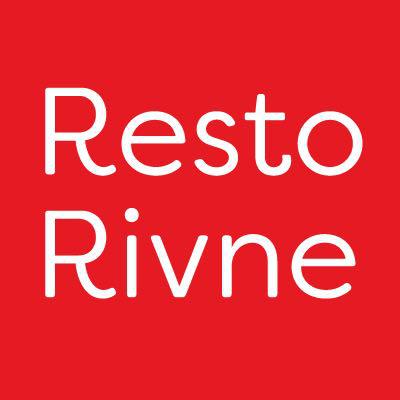General modelling structure and you can prior applications
The GTEM-C model was previously verified and you can made use of from inside the CSIRO All over the world Integrated Assessment Modeling framework (GIAM) to provide technology-dependent proof to possess ple, choice greenhouse fuel (GHG) pollutants routes towards the Garnaut Feedback, which learned the latest has an effect on of environment transform on Australian benefit (Garnaut, 2011), the low contaminants futures program one browsed the economic impacts regarding reducing carbon dioxide emissions in australia (Australian continent, 2008) and also the socio-financial situations of one’s Australian National Frame of mind and you will investment one looked backlinks between physics and the economy and you may set up 20 futures to possess Australia out to 2050 (Hatfield-Dodds mais aussi al., 2015). Relating to agro-economics a predecessor of the GTEM-C design was utilized to analyse financial consequences http://www.datingranking.net/tr/bdsm-inceleme/ out of environment changes impacts into farming. The fresh new GTEM-C model are a key component throughout the GIAM design, a hybrid model that combines the major-down macroeconomic logo regarding an excellent computable standard harmony (CGE) model on the base-up specifics of producing energy and you will GHG pollutants.
GTEM-C generates up on the worldwide change and you will monetary center of the Global Trade Investigation Endeavor (GTAP) (Hertel, 1997) database (Find Additional Suggestions). This process also provides a holistic knowledge of the ability-carbon-environment nexus (Akhtar mais aussi al., 2013) and also already been intensively useful for condition research of your own effect regarding you are able to climate futures into the socio-environment expertise (Masui et al., 2011; Riahi ainsi que al., 2011).
Breakdown of the fresh new GTEM-C model
GTEM-C is a broad harmony and you can cost savings-greater model able to projecting trajectories to own international-exchanged products, such as for instance farming facts. Absolute resources, belongings and labor try endogenous details in GTEM-C. Competent and inexperienced work moves freely across the every residential sectors, however the aggregate likewise have expands according to group and you may labor push contribution assumptions and that is limited of the offered operating society, that’s supplied exogenously toward design according to the Us median society development trajectory (United nations, 2017). The fresh simulations presented inside investigation were did setting GTEM-C’s precision from the 95% profile. Globally home city devoted to farming isn’t anticipated to changes significantly later; still, this new GTEM-C design changes collection urban area in the regions centered on demand on the studied commodities.
As is proper when using a CGE modelling framework, our results are based on the differences between a reference scenario and two counterfactual scenarios. The reference scenario assumes RCP8.5 carbon emissions but does not include perturbations in agricultural productivity due to climate. The RCP8.5 counterfactual scenario results in an increase in global temperatures above 2 °C by 2050 relative to pre-industrial levels. The agricultural productivities in the reference scenario are internally resolved within the GTEM-C model to meet global demand for food, assuming that technological improvements are able to buffer the influence of climate change on agricultural production. For the two counterfactual scenarios presented here, we use future agricultural productivities obtained from the AgMIP database to change GTEM-C’s total factor productivities of the four studied commodities. The counterfactual scenario with no climate change mitigation follows the RCP8.5 emission but includes exogenous agricultural perturbations from the AgMIP database. This is, changes in agricultural productivity rates were not internally calculated by GTEM-C but given by the AgMIP projections. The RCP 4.5 scenario with climate change mitigation assumes an active CO2 mitigation achieved by imposing a global carbon price, so that additional radiative forcing begins to stabilise at about 4 Wm ?2 after 2050. The carbon mitigation scenario includes exogenously perturbed agricultural productivities as modelled by the AgMIP project under RCP4.5. The RCP4.5 scenario limits global temperature increase to 1.5 °C, relative to pre-industrial levels.
